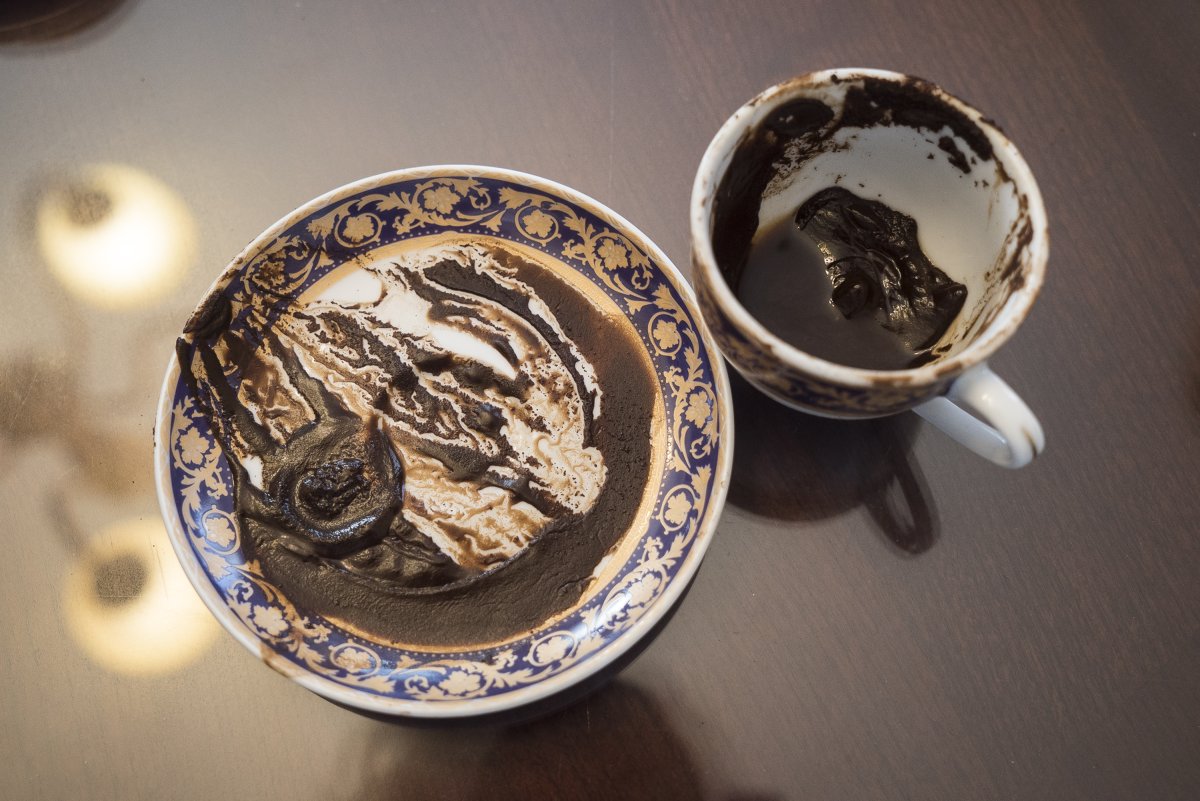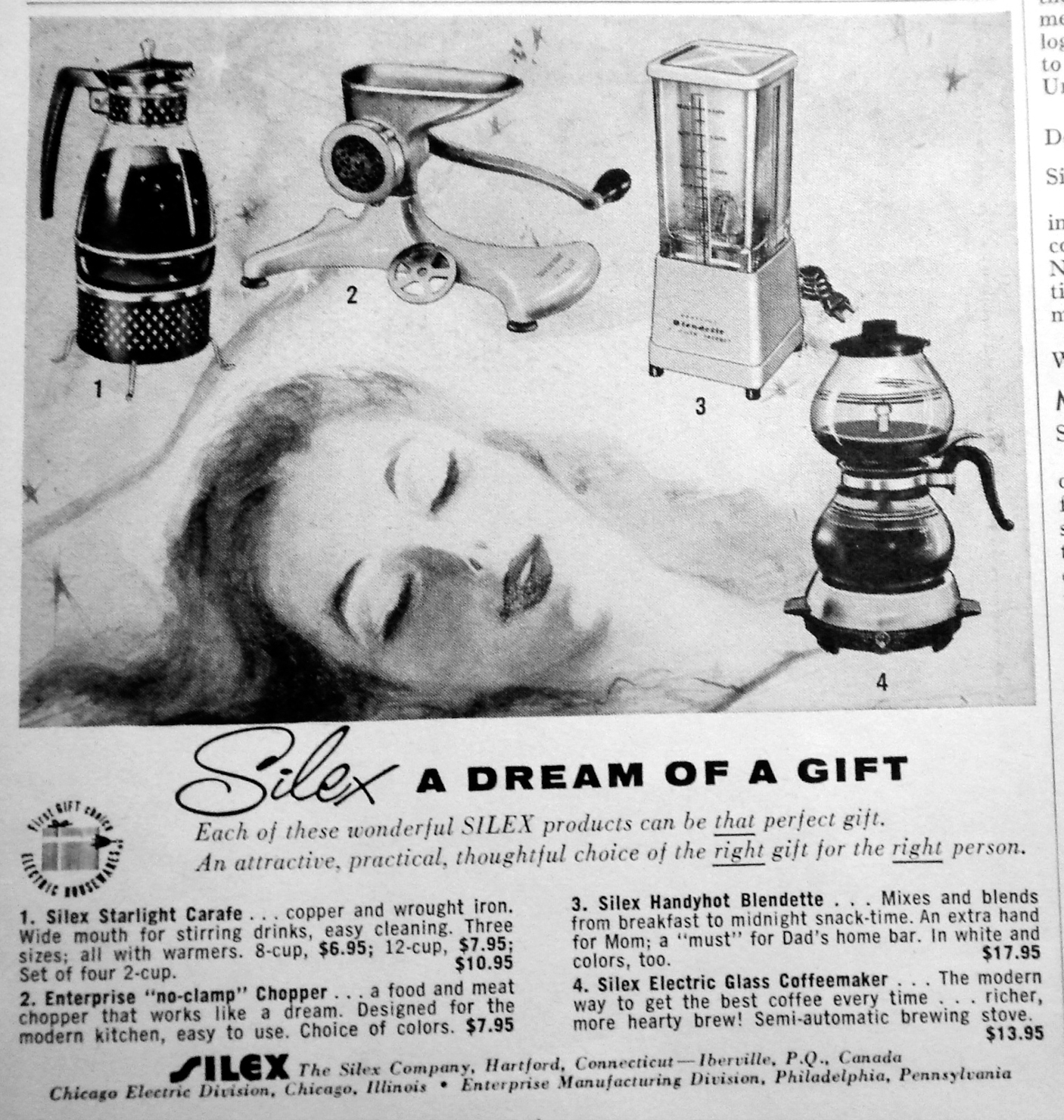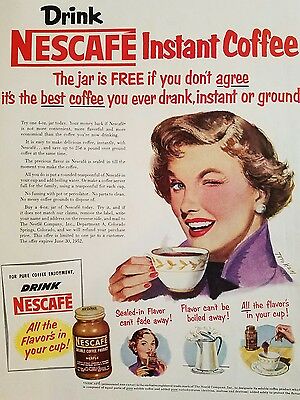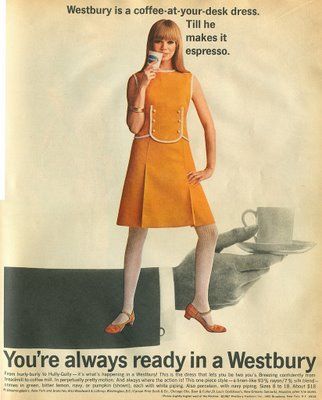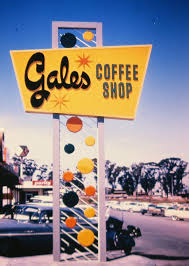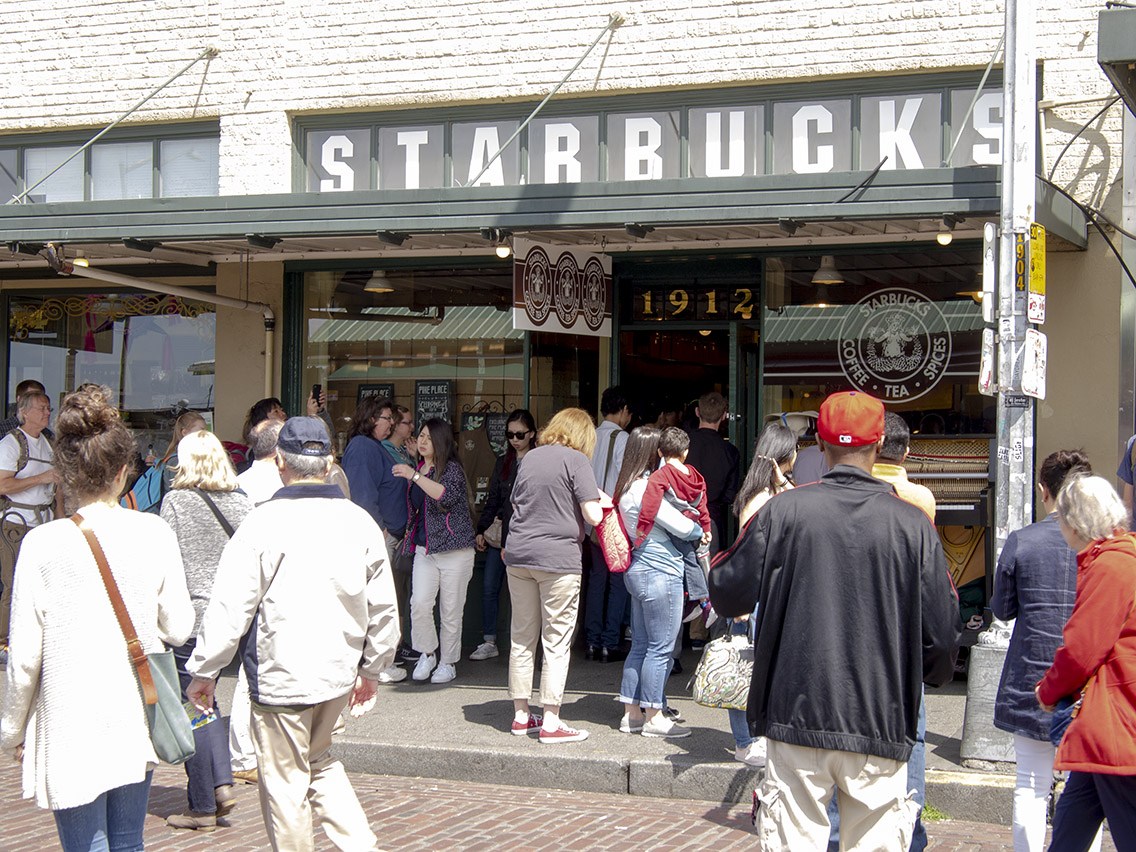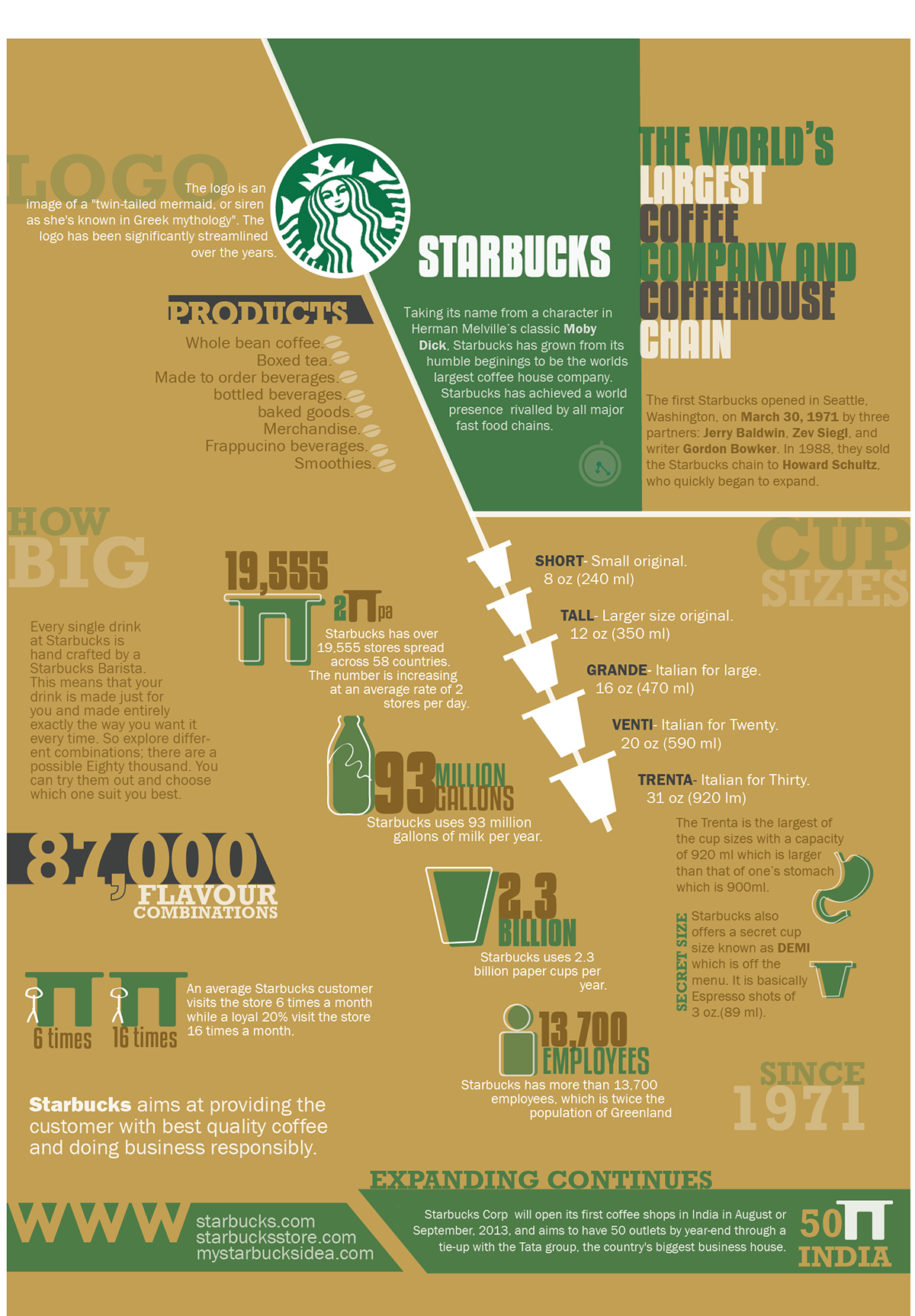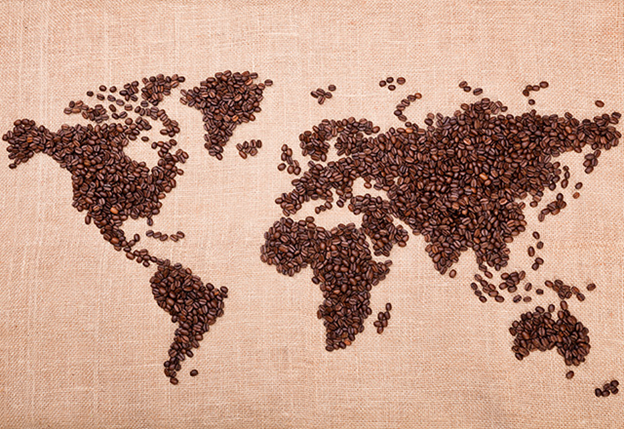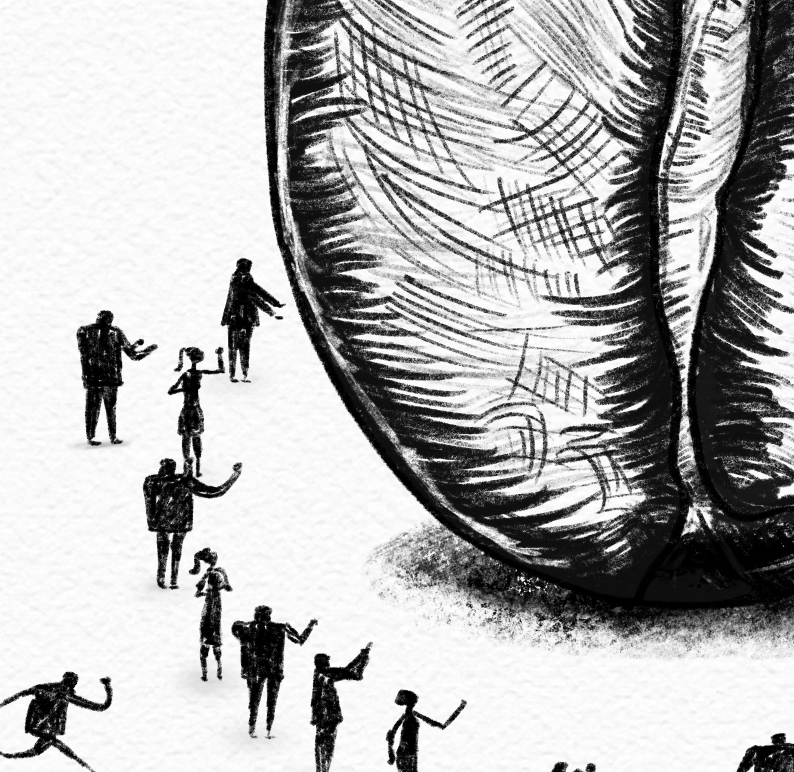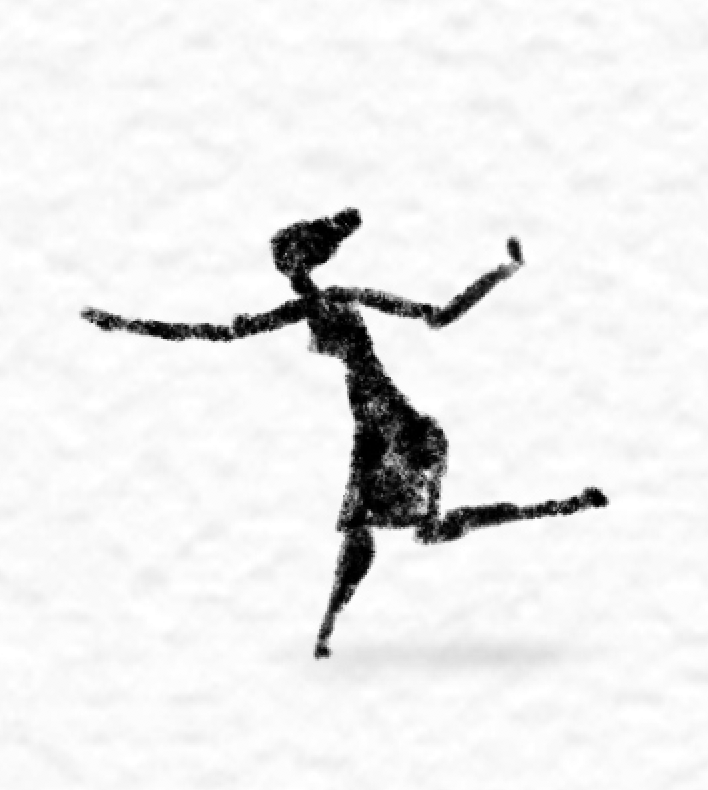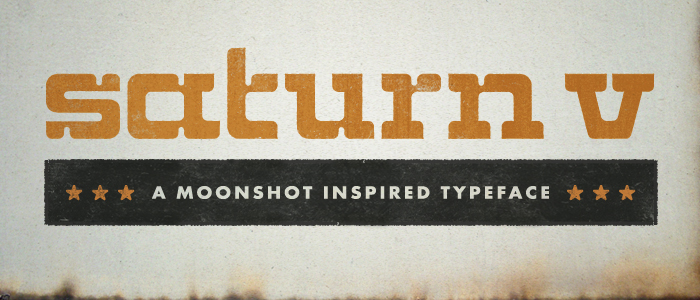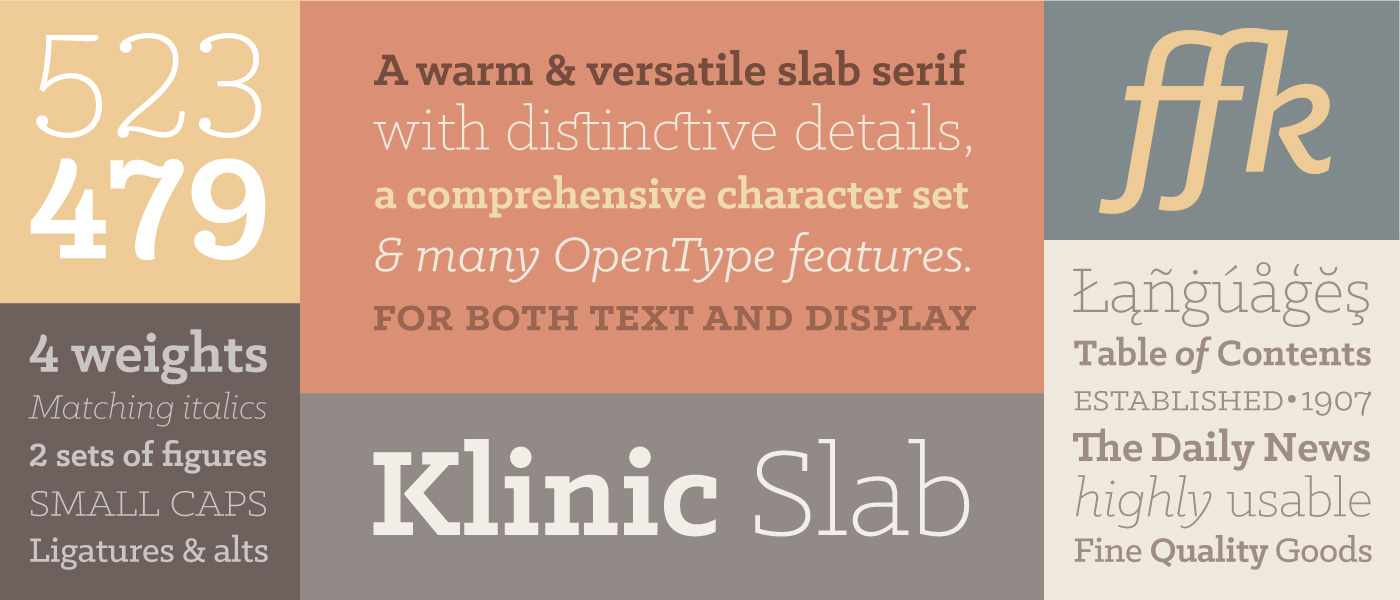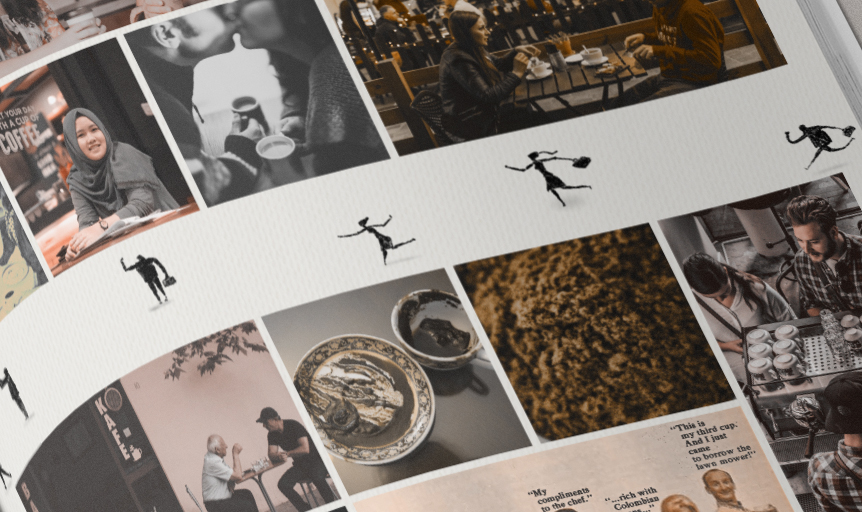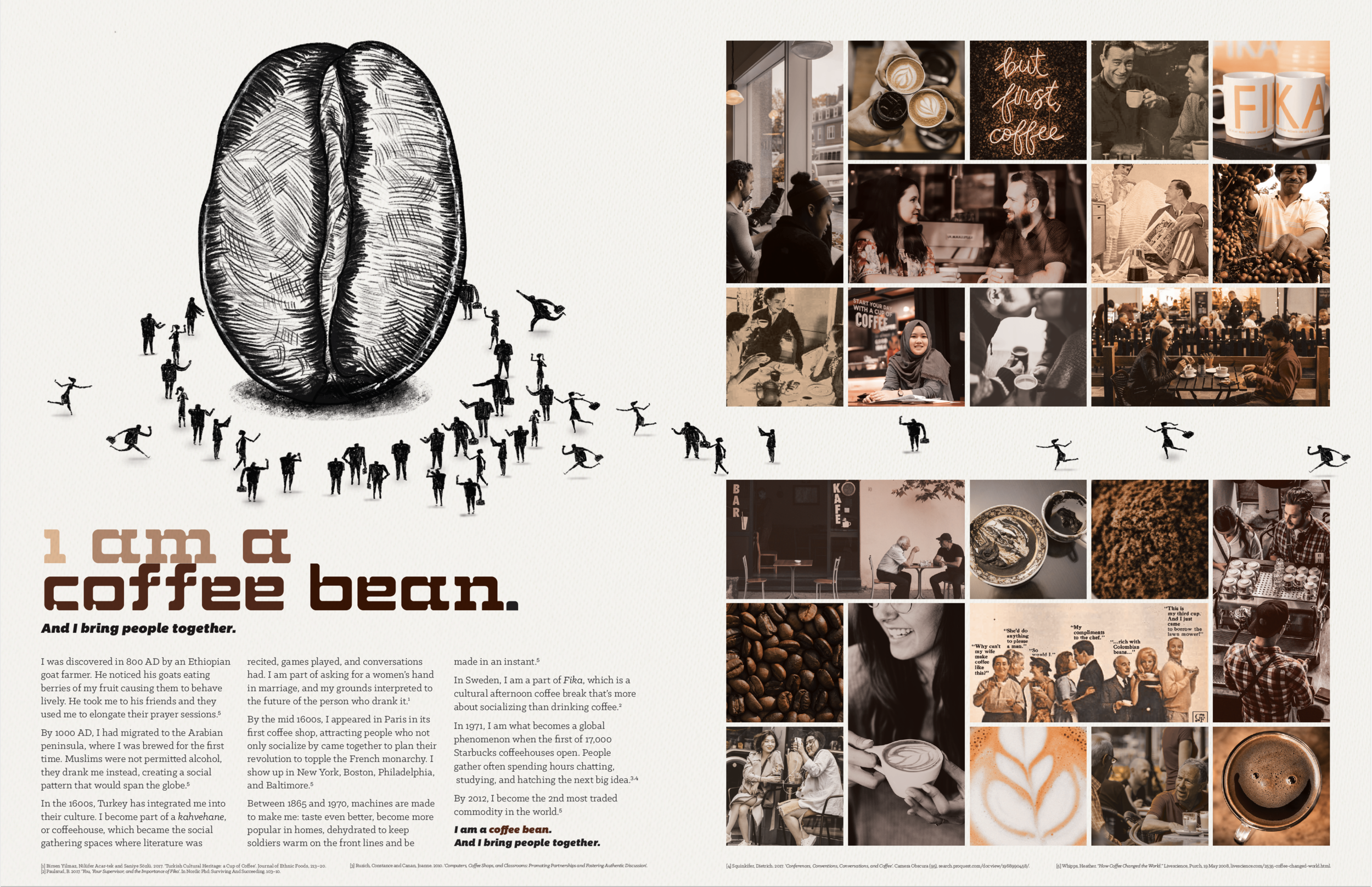COFFEE BRINGS PEOPLE TOGETHER
Growing up, coffee was a big part of my life. My Aunt Mary, my mom’s baby sister joined the Peace Corps out of college and was stationed in Colombia, South America. This is where she would meet and marry her husband and spend the rest of her life.
My Colombian family would visit the states almost every summer and we’d get to enjoy the rich coffee that they’d bring with them each trip. They’d explain to us that while Juan Valdez isn’t real, the coffee industry surely was a big part of Colombian culture, not only from an industrial and socio-economical standpoint, but from a social one. Coffee was what started and ended every day in my family. It brought people together in good times and those of sorrow.
So for this week’s challenge, I chose to pose a statement that coffee brings people together and choose the mighty coffee bean as my object to gather research around.
I looked to published works on the study of coffee and culture and learned that coffee was discovered in 800 AD in Ethiopia. As the story goes, a farmer noticed his goats were behaving a bit erratic and highly animated. He noticed that they were eating the fruits of what would be known as the coffee fruit. He took the fruit back to the village and shared with his friends. They used the coffee fruit as a drink to extend their energies as they prayed. (5)
In Turkey, the making, drinking, and sharing of coffee is so ingrained into their culture, that UNESCO has inscribed Turkish Coffee Culture and Tradition into the Representative List of Intangible Cultural Heritage of Humanity (2013). It’s a part of asking for a women’s hand in marriage, the coffee grounds are left to be interpreted to the future of the person who drank it. (1)
Turkish coffee grounds
16th century coffee houses (kahvehane) quickly became social gathering spaces where books and poetry were read aloud, games were played, and conversations were had. (1)
By the mid 1600s, coffee appears in Paris in its first coffee shop, attracting people who not only socialize by came together to plan their revolution to topple the French monarchy. Coffee begins to show up in New York, Boston, Philadelphia, and Baltimore also fueling future American revolutionaries. (5)
Between 1865 and 1970, machines are made to make coffee: taste even better, become more popular in homes, dehydrated to keep soldiers warm on the front lines and be made in an instant. (5)
In Sweden, people partake in Fika, which is a cultural morning and afternoon coffee break that's seemingly more about socializing than drinking coffee. Gevalia coffee brand capitalized on its country’s social culture to advertise its special blends of coffee to the world. (2)
In 1971, coffee becomes a global phenomenon when the first of 17,000 Starbucks coffeehouses open. People gather often spending hours chatting, studying, and hatching the next big idea. The Starbucks generation rings in a new wave of coffee appreciation and social dynamics. People can project aspects of their identity based on how they take their coffee. (3,4)
By 2012, coffee becomes the 2nd most traded commodity in the world. (5)
FINAL PIECE: PROCCESS
I chose to illustrate my object so I could show the power of the coffee bean. I wanted to capture the ritual and the social component. The illustration uses a giant coffee bean as a monolith similar to a Stonehenge or Devil’s Tower (shown in the cult classic, Close Encounters of the Third Kind). This was done with a 6B pencil.
For my layout, I wanted to create a piece that leveraged my illustration as well as all of the great imagery I’d sourced during my research. I connected the two pages together using the illustrations of people running towards the giant coffee bean. The headline typography chosen is Saturn V, a face designed by Lost Type and inspired by the monumental Saturn V rocket that carried men from the earth to the moon. This was my way to honor the 50th anniversary of the Apollo 11 moon landing, to unique shape of the coffee bean, and to be playful with the physiological aspects of coffee as rocket fuel. The body type is also a Lost Type face called Klinic Slab. I felt is as a nice complement to the curves of the Saturn V headline as well as how its description was so similar to how I see coffee, “Klinic is a workhorse that marries personality and functionality.”
The color palette was chosen to reflect the various hues of not only coffee but the various skin colors of people.
FINAL LAYOUT
REFERENCES
[1] Birsen Yilmaz, Nilüfer Acar-tek and Saniye Sözlü. 2017. ‘Turkish Cultural Heritage: a Cup of Coffee’. Journal of Ethnic Foods, 213–20.
[2] Paulsrud, B. 2017. ‘You, Your Supervisor, and the Importance of Fika’. In Nordic Phd: Surviving And Succeeding. 103–10.
[3] Ruzich, Constance and Canan, Joanne. 2010. ‘Computers, Coffee Shops, and Classrooms: Promoting Partnerships and Fostering Authentic Discussion’.
[4] Squinkifer, Dietrich. 2017. ‘Conferences, Conventions, Conversations, and Coffee’. Camera Obscura (95), search.proquest.com/docview/1968990458/.
[5] Whipps, Heather. “How Coffee Changed the World.” Livescience, Purch, 19 May 2008, livescience.com/2535-coffee-changed-world.html.


